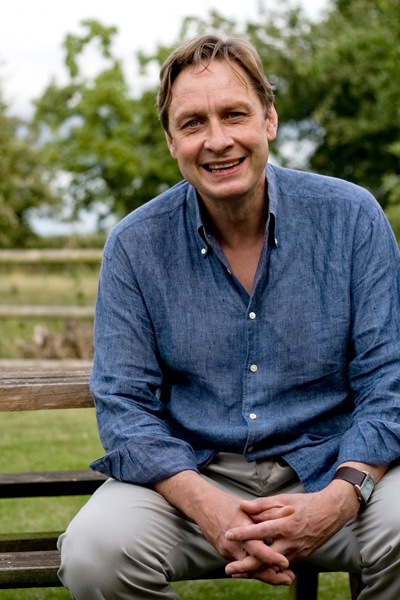Broadly speaking, ‘trio’ has two meanings: one self-evident, the other faintly bizarre. The obvious meaning is: a composition for three voices or instruments.
The commonest instrumental forms are the string trio (violin, viola, cello) and the piano trio (piano, violin, cello), with great left-fielders like Brahms’s Horn Trio or Mozart’s Clarinet Trio very much the exception.
In opera, ‘trio’ usually signifies a number or section spotlighting three singers but with varying degrees of instrumental support, from full, ripe late-Romantic orchestra in the Act III Trio from Strauss’s Der Rosenkavalier to a more intimate ensemble in the Act I ‘Terzetto’ from Mozart’s Così fan tutte.
The Baroque trio sonata rather spoils this terminological neatness by calling for four instruments: usually two violins, cello and harpsichord. But since cello and harpsichord work à deux as ‘continuo’ (the cello reinforcing the keyboard’s bass line), you could still say that three musical forces are involved.
And the organ trio? This makes sense too, as the organist is usually expected to play on two different keyboards and pedals simultaneously. With judiciously chosen stops you get the effect of three different voices, though the organist remains as splendidly isolated as ever.
So why is the middle section of a minuet or scherzo called a ‘trio’? It is nothing to do with its being the centrepiece of a symmetrical three-part musical form – or if so, only tangentially.
In Baroque courtly entertainments, especially in France, it was common to provide dances in pairs that could be alternated to avoid monotony. Changes in scoring could heighten the contrast, so a string-dominated, four-part minuet could be followed by a lighter dance for, say, three wind instruments – a ‘trio’.
The Trio from the Minuet-framed fourth movement of Bach’s Brandenburg Concerto No 1, scored for two oboes and bassoon, preserves that sense exactly. Something of that sound seems to have gone on reverberating in composers’ minds even after ‘trio’ had come to signify simply ‘lighter, contrasting dance section at the centre of a minuet movement’.
Its ghost sweetly haunts the Minuet of Mozart’s 39th Symphony, and more comically the Minuet of Beethoven’s Eighth, and there are later, fading echoes in the scherzos of Bruckner and even Mahler. Marches can have trios too – ‘Land of Hope and Glory’ is one. Try imagining that on two oboes and a bassoon.
Visit our musical terms dictionary to find out about other musical definitions you may not know.
